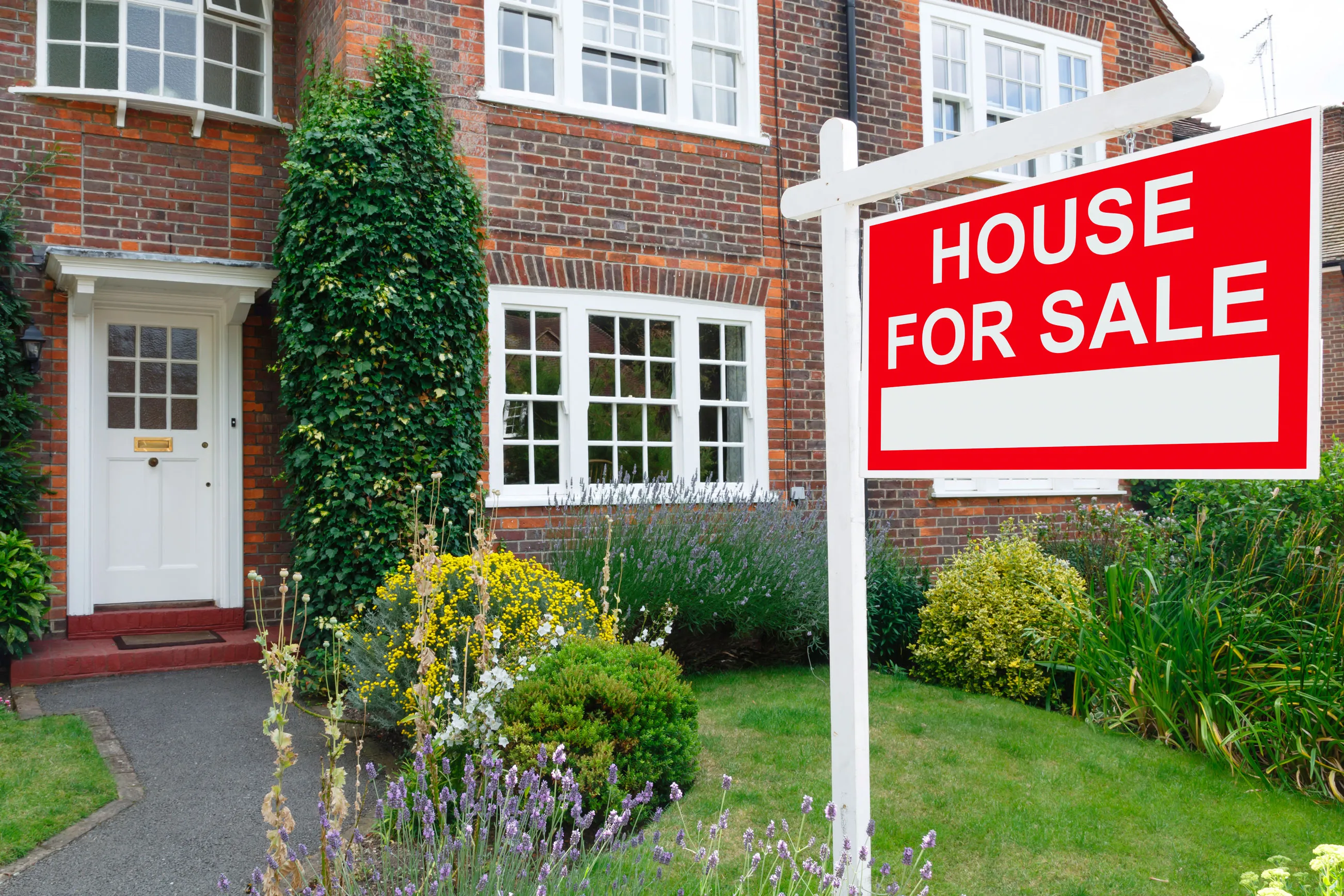How Much Down Payment Is Required for a House?

The down payment on a house is a crucial part of the homebuying process, along with closing costs. It is the upfront cash you put down towards the purchase price of the home. The amount required for a down payment can vary depending on factors such as the mortgage program, your credit score, and your chosen lender. Making a larger down payment can have several benefits, including improving your chances of mortgage loan approval and contributing to your home’s equity.
Typically, when you make an offer on a home, you will put a specific amount of money into an escrow account as earnest money. This money is meant to show the seller that you are serious about the transaction. If the transaction proceeds as planned, this money will be applied to your closing costs and down payment at closing.
Contrary to popular belief, you do not necessarily need to put down a hefty 20% on a new home. According to data from the National Association of Realtors, the typical down payment on a house is 9% for first-time homebuyers and 23% for repeat homebuyers. The minimum down payment percentage required will depend on your financial situation, the property, your lender, and the specific loan program you choose. Some government-backed mortgage programs even offer the option of a 0% down payment for primary residence purchases.
If you are interested in buying a house with no money down, you may consider government-backed loan options such as VA loans and USDA loans. VA loans have no down payment requirement but are only available to individuals with an approved military affiliation. A VA funding fee may be required, but it is typically paid at closing and will not result in an additional monthly fee. USDA loans also have no minimum down payment requirement but require the property to be located in an approved rural area. There are income, asset, and property restrictions for USDA loans, so it’s important to check if you qualify.
Overall, the amount required for a down payment on a house can vary depending on your individual circumstances and the type of loan program you choose. It’s important to explore all your options and work with a knowledgeable lender to determine the best course of action for your homebuying journey. The ability to purchase a home with little to no money down is a dream come true for many prospective homeowners. However, it’s important to understand that there are additional fees and requirements associated with these types of loans. For example, USDA loans, which offer zero-down payment options, require an upfront loan guarantee fee and an annual guarantee fee. These fees function as mortgage insurance and help the USDA continue to provide loans to qualified buyers.
In addition to USDA loans, VA loans also offer zero-down payment options for eligible veterans and active duty service members. Similarly, some lenders now offer near-100% financing on FHA loans, requiring only a $100 down payment. Certain professions, such as first responders, teachers, and physicians, may qualify for zero-down mortgages with no private mortgage insurance through programs offered by select lenders. Additionally, some credit unions offer loans that don’t require a down payment for their members.
For those who are able to afford a small down payment, conventional mortgage programs backed by Freddie Mac or Fannie Mae can allow for down payments as low as 3%. These programs, such as Fannie Mae’s HomeReady and Freddie Mac’s Home Possible, do not have a first-time homebuyer requirement and can help individuals with low incomes qualify for a mortgage. Some lenders, like Rocket Mortgage, even offer programs that provide 2% toward the minimum down payment, requiring only 1% from the borrower.
FHA loans, backed by the government, require a minimum 3.5% down payment for those with a credit score of at least 580. However, borrowers with a credit score between 500 and 579 must put down 10%. While FHA loans have lenient credit requirements and no income restrictions, they do require upfront and ongoing mortgage insurance premiums.
For those looking to make a larger down payment, ranging from 10% to 20%, there are advantages such as making yourself more appealing to lenders or qualifying for a larger loan amount. A 20% down payment on a conventional loan eliminates the need for private mortgage insurance. Additionally, for vacation homes or investment properties, lenders may require a 10% or 15% down payment, respectively. Jumbo loans, which exceed conforming loan limits, may also require a larger down payment, typically around 20% or more.
Overall, the pros of making a larger down payment on a home include potentially lower monthly payments, reduced interest costs over the life of the loan, and increased equity in the home. However, it’s important to weigh the benefits against your financial situation and goals to determine the right down payment amount for you.
While making a larger down payment on a home offers numerous financial benefits, including more manageable monthly payments, less interest paid in the long run, and immediate equity in your home, there are also some drawbacks to consider. Here are some potential cons of making a larger home down payment:
Lower cash reserves for emergencies
One of the primary drawbacks of making a larger down payment on a home is that it can deplete your cash reserves, leaving you with less money for emergencies. If you use a significant portion of your savings for the down payment, you may find yourself financially strapped if unexpected expenses arise, such as a job loss or a medical emergency. This could lead to having to borrow money to cover these expenses or even potentially defaulting on your mortgage if you are unable to make your monthly payments. To mitigate this risk, it’s important to ensure you have a sufficient emergency fund in place before purchasing a home.
Potential delays in home shopping
Another drawback of making a larger down payment is that it may delay your ability to purchase a home. Saving up a substantial amount of money for a down payment can take time, which may result in delays in your home buying timeline. If you are eager to purchase a home quickly, waiting to save up a larger down payment may not be feasible, especially in competitive real estate markets where homes sell quickly. In such cases, you may need to consider alternative financing options that require a smaller down payment.
Opportunity cost of tying up cash
When you make a larger down payment on a home, you are essentially tying up a significant amount of cash in the property. This means that you may miss out on other investment opportunities that could potentially offer higher returns. By allocating a large portion of your savings to the down payment, you may be limiting your ability to invest in other assets or take advantage of financial opportunities that could help grow your wealth over time. It’s important to weigh the opportunity cost of tying up your cash in a home against the potential benefits of making a larger down payment.
Reduced flexibility in budgeting
Finally, making a larger down payment on a home can reduce your flexibility in budgeting and financial planning. If you allocate a significant amount of your savings to the down payment, you may find yourself with less discretionary income for other expenses or goals, such as travel, education, or retirement savings. This lack of flexibility could restrict your ability to adapt to changing financial circumstances or pursue other financial priorities. It’s essential to consider how a larger down payment will impact your overall financial picture and whether it aligns with your long-term financial goals.
While there are clear benefits to making a larger down payment on a home, it’s important to carefully weigh the potential drawbacks and consider your individual financial situation before deciding on the right down payment amount for your home purchase. By balancing the advantages and disadvantages of a larger down payment, you can make an informed decision that aligns with your financial goals and priorities.





